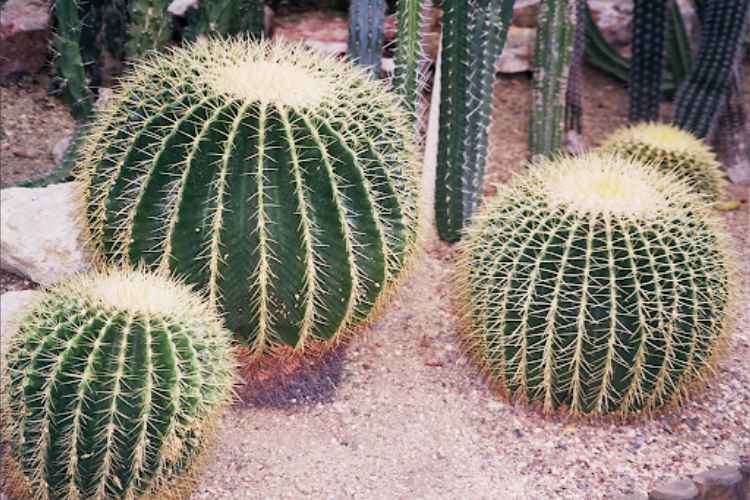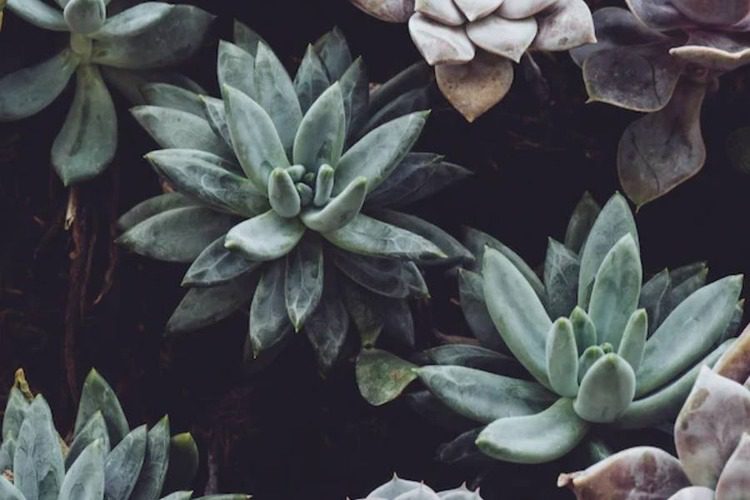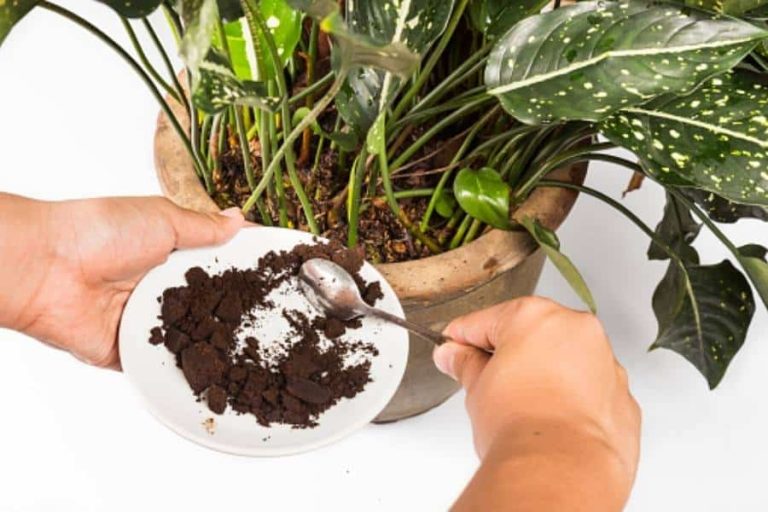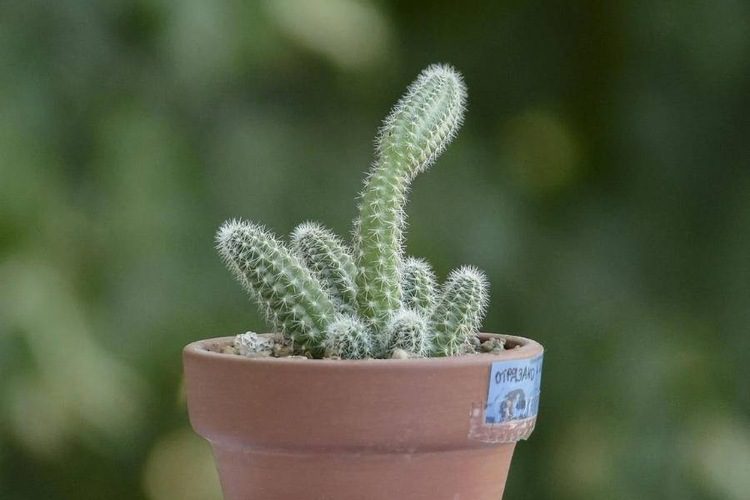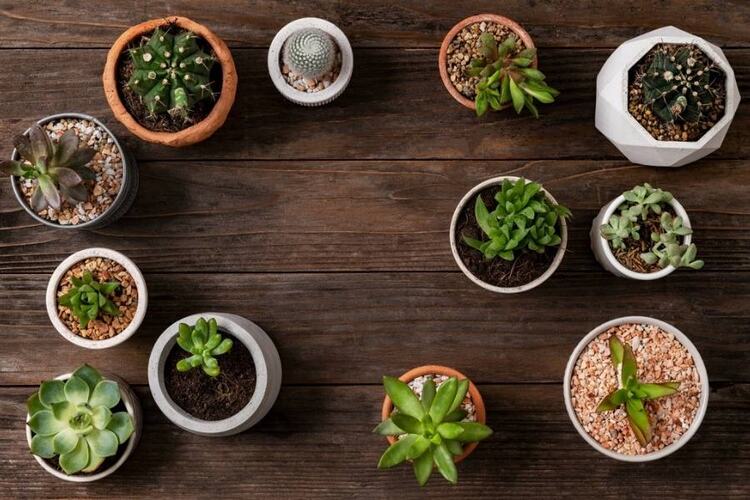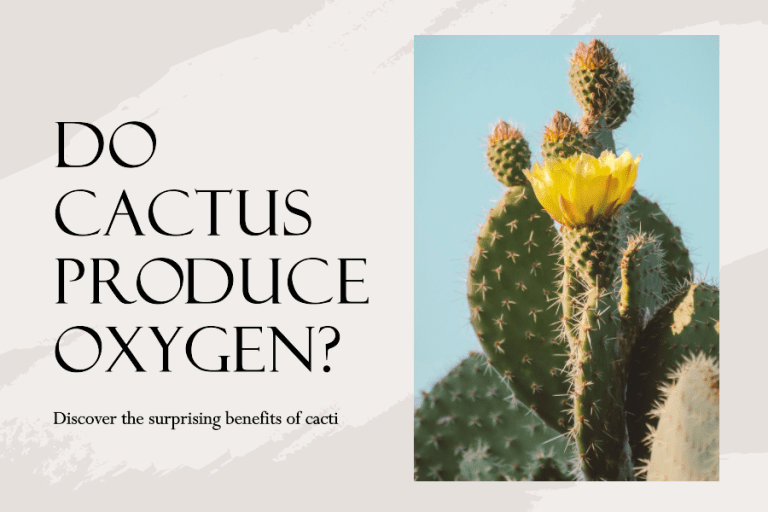Can You Use Cactus Soil For Bonsai? Benefits & Drawbacks
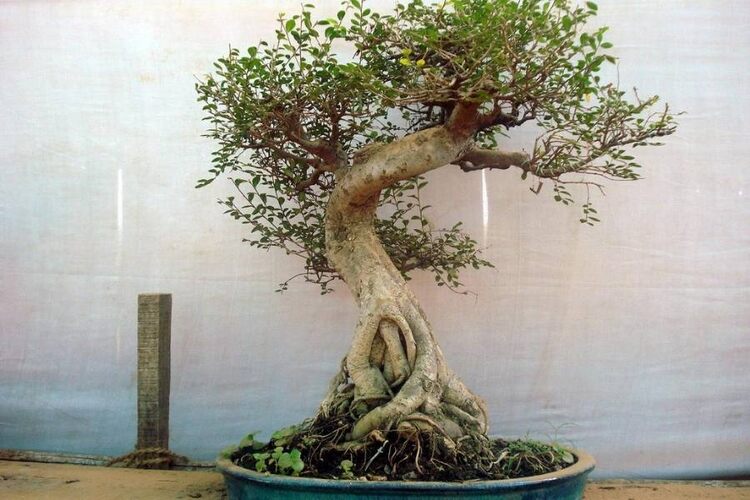
Soil is a crucial ingredient in caring for bonsai. Soil is an important factor in caring for bonsai, but it is not the sole determinant of the tree’s survival. Can you use cactus soil for bonsai? If so, is it actually good for your plant?
This post will discuss the advantages and disadvantages of this substrate and whether it’s OK to use it for your bonsai.
Can You Use Cactus Soil For Bonsai?
The short answer is yes. Cactus soil can be applied to bonsai trees. However, this is just for short-term use because it has both pros and cons.
Benefits
The succulent mix is the same as the bonsai mix in that it has no or low organic properties. That makes the mix an excellent drainage system. Appropriate drainage prevents root rot and keeps the plant’s roots healthy. If the roots get too wet, they’ll take longer to recover than other plants.
An ordinary garden substrate may condense after some watering periods, which is not beneficial for your miniature trees. However, cacti potting mixes can remain the same quality for an extended period after many watering sessions.
Hence, you don’t have to worry about your greens lacking water or consuming too much moisture. Besides, this potting mix contains ultra-porous qualities that offer the tree’s roots adequate space to grow and flourish. Good root emergence is vital for managing your green growth.
Drawbacks
Even though succulent potting mixes share some qualities in common with bonsai mixes, you can’t use them for all bonsai trees. While different plant varieties may have specific soil preferences, there are also general soil mixes that can be suitable for a wide range of bonsai trees. It can be arduous to make the correct composition for your miniature. It would help if you researched whether the mixture was suitable for your plant variety. You may experience some trials and failures before successfully finding the correct mixture.
Some growers don’t have spare time for experiments. If that’s your case, it’s possible to use ready-made mixtures from nursery and garden stores. The cacti substrate is lightweight because of its porous elements. It alone can’t apply to large trees since it may fail to firmly carry the trees’ weight.
Miniature plants are born with shallow roots and are often potted in shallow containers. Such a lightweight growing medium can’t support giant trees in the pots, mainly if the plants are quite mature and sustainable. If you choose a cacti mixture for your dense miniature green, we suggest adding more calcined clay or lava rock to the substrate to provide extra weight to the mix and stability to the green.
Read more: Do Cacti Produce Oxygen? Scientists Answer
Characteristics of Bonsai-Friendly Cacti Soil
Ask us, “Can I use succulent soil for bonsai?”, and we’ll reply to you with a thumbs-up. This growing medium possesses four excellent qualities that prove it’s a fantastic choice for your miniature plants.
Good Absorption
Cactus mix for bonsai comes with superior nutrient and water retention abilities that give the plant roots nutrition and moisture without overwatering. The substrate absorbs minerals and water and transfers them to the roots. Unlike peat moss or compost, the water will dry without surplus retention.
Cacti potting mix’s porous nature helps retain an adequate amount of humidity. Also, a few organic components in the mixture can hold minimal nutrients and moisture without flooding the roots.
Excellent Drainage
The succulent potting mix’s porous feature provides extraordinary drainage to the roots, allowing the substrate to drain moisture quickly, and helping the root systems remain moist yet not too wet.
The medium contains porous aggregates, like lava rocks or pumice, that can wick away excess water more rapidly than regular soils.
Thanks to this quality, your plant won’t have to sit on a water-soaked substrate and experience root rot.
Suitable Aeration
Drainage goes along with aeration. If both factors are top-notch, that substrate is an ideal living environment. Generally, this plant’s roots can easily access O2 underneath the ground and exchange gas while growing freely.
A succulent mixture will offer proper air circulation to the roots and eliminate the possibility of compacting. Also, it provides them with adequate air space and room to breathe, encouraging lush and robust root systems.
Amount of Nutrients
Besides water retention, aeration, and drainage, succulent bonsai soil supplies nutritious food for greens to thrive. The inorganic elements in the cacti mix contain a trace amount of essential minerals like nitrogen and phosphorus.
The right potting substrate will also contain a tiny amount of organic elements that are high in nutrients and favorable for your tree’s growth.
What Type of Soil Is Best For Bonsai Trees?
The two most common types of soil are dirt-like and hydroponic. Hydroponic soil is a soilless growing medium, not a liquid. Yet, most bonsai enthusiasts prefer dirt since most products of this type contain 20–30% organic materials.
Those organic materials release nutrients into the substrate for the plant to use. Soil does not consume fertilizer but rather acts as a medium for the plants to absorb nutrients from the fertilizer. Since greens must capture a decent amount of nitrogen and moisture, they must stay hydrated. The dirt mix will not wash the nutrients away and induce the plants to grow slowly.
Can You Replace Cactus Soil With Potting Soil?
We don’t recommend replacing succulent bonsai mix with potting mix. It may retain too much water, causing root rot and suffocating the roots. But if you still want to use the regular potting mix as an alternative to the cacti mix, consider some essential factors before deciding.
Those factors are nutrients, drainage, and the substrate’s pH level. If you use a product that doesn’t satisfy your plants’ demands for these considerations, they may deteriorate and die. Besides, it’s critical to learn the warning signs of bad potting soil in the worst cases. Refer to this article for more helpful knowledge.
How Do You Make A Bonsai Soil Mix?
Your bonsai soil mix should include the following ingredients:
- Neem cake powder (10%) is ideal for protecting trees from insect infestations and fungal infections.
- Leaf compost (10%): If you live in a wet region, leaf compost is an ideal ingredient for natural plant development.
- Stones (10%): You can use marble, stone granite, chips, pebbles, or any inorganic or organic stone.
- Perlite or sand (30%): They do a great job helping with water filtration. If you use sand, go for river sand and sand low in sodium chloride.
- Traditional garden substrate (30%): Cacti or peat soil is the best option since it doesn’t retain too much water.
Conclusion
Can you use cactus soil for bonsai? Yes. It is an exceptional growing medium for your trees. There are some disadvantages, but advantages take the lead. Of course, the best idea is still to use bonsai soil. But if you can’t buy the product due to its low availability or limited budget, cacti mix is a go-to alternative.


